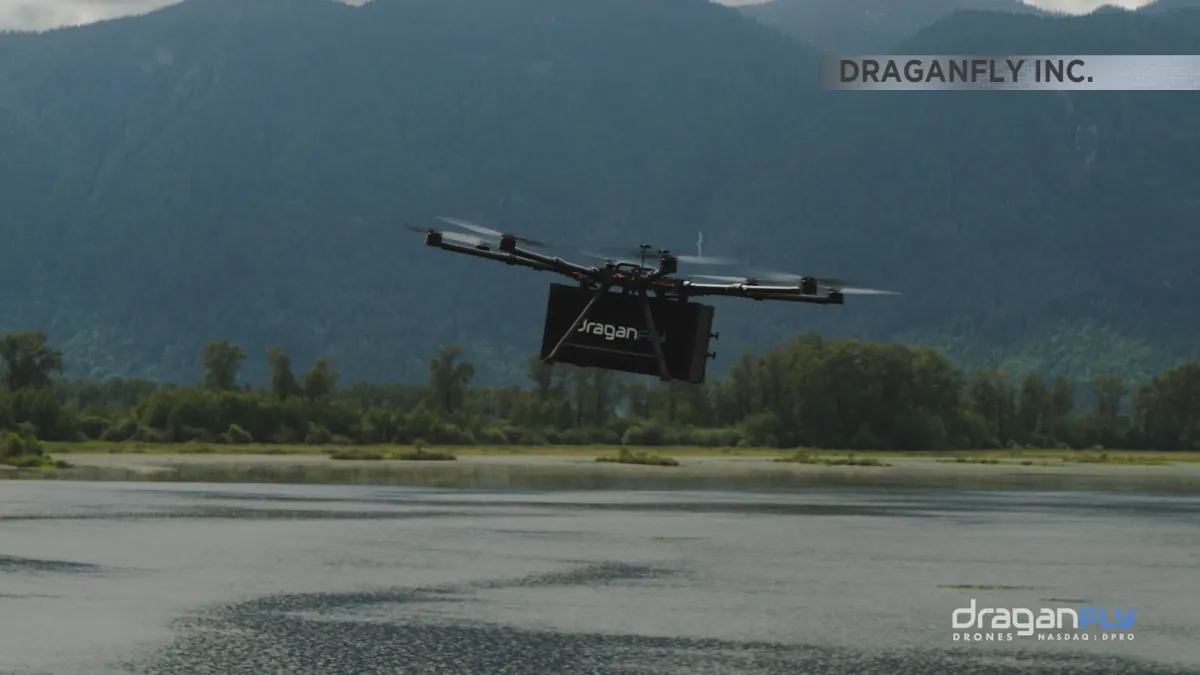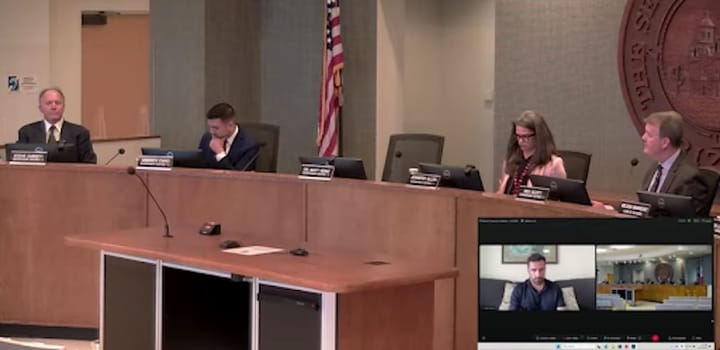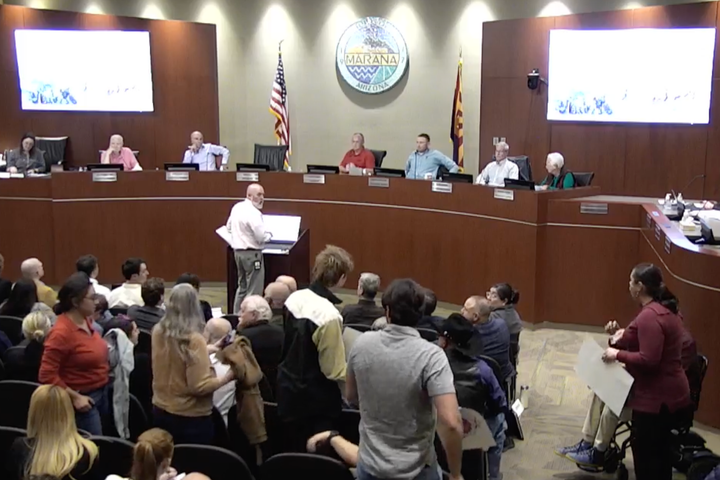Cochise County Sheriff to receive next-gen drone next month
The new drone family will feature advanced technology for law enforcement operations, the first of its kind in the state.

Cochise County is set to receive a demonstration model of a new hybrid drone next month, giving sheriff’s deputies advanced tools for long-duration flights, search-and-rescue missions, and operations across the county’s remote desert terrain.
Spanning 6,200 miles of rugged terrain, the county has long relied on technology to support law enforcement, but limited tools and difficult conditions continue to pose challenges. To improve operations, the Cochise County Sheriff’s Office is launching a pilot program with Canadian drone maker Draganfly Inc.
Led by Captain Tim Williams, the project—the first of its kind in the state—could eventually expand beyond Cochise County to other parts of both the northern and southern U.S. border.
“The goal of this is to provide border agencies with the tools that they need, to do the job that is needed to be done, at a price point that allows them to be deployed and continues to give them the advantage,” said Draganfly co-founder and CEO Cameron Chell.
Founded in 1998, Draganfly started with experimental remote-control technology. The Saskatoon-based company has been a leader in the unmanned aerial vehicle industry ever since and is now the world’s longest-standing drone manufacturer.
“We got our start in law enforcement and public safety,” Chell said. “The first drone that we sold was to a federal police agency that wanted to use a drone either for accident reconstruction or for homicide inspection.”
In 2013, a police drone equipped with a thermal camera was dispatched to investigate a single-car rollover in St. Denis, Saskatchewan. It located the stranded driver two hours before hypothermia could set in.
“Draganfly became the first drone that was credited with saving a human life and that drone now sits on permanent display in the Smithsonian,” Chell said.
Cochise County’s pilot program will deploy the Draganfly family of hybrid drones, powered by both combustion engines and electric batteries. The fleet includes long-endurance fixed-wing UAVs, AI-enhanced quadcopters, and thermal imaging drones for search-and-rescue and nighttime operations.
“We currently use drones in our deployment of what we do on a day-to-day basis, on aspects like crime scene analysis, border operations, search and rescue missions and traffic reconstruction,” Williams said. “The issue we run into on our current staff and what’s currently on the market, (is that they) can only fly for a very limited amount of time. We’re talking about minutes, not hours.”
After Williams discovered Draganfly, the teams explored the possibility of a drone that could remain in flight for up to seven hours, a sharp contrast to the half-hour limit of the county’s existing models.
Measuring nine feet across with eight blades, the proposed Draganfly drone builds on earlier models for greater efficiency.
It can carry out long-duration intelligence, surveillance, and reconnaissance missions, remain in the air for up to seven hours at altitudes of 15,000 feet, transport 30–35 pounds of equipment—such as cameras, medical supplies, or communications gear—and provide close support to personnel on the ground.
The drones are built for rugged reliability and secure data handling, allowing them to operate in harsh, remote terrain while transmitting information back to the Cochise County Sheriff’s Office AI system. A key challenge for the project will be ensuring they can withstand Arizona’s scorching summer heat.
“Our main manufacturing and testing facilities are up in Canada. They’re designed to be pretty sturdy and certainly tested in cold weather and high altitudes,” Chell said. “The hot temperature is going to be a test for sure, but we’re going through rigorous testing, and we’re aware that this is going to be a challenge.”
Pilot testing is planned for November. The project currently costs between $100,000 and $150,000 and could expand after further development.
Ruby Wray is a journalism and creative writing major at the University of Arizona and Tucson Spotlight intern. Contact her at rubywray@arizona.edu.
Tucson Spotlight is a community-based newsroom that provides paid opportunities for students and rising journalists in Southern Arizona. Please consider supporting our work with a tax-deductible donation.



